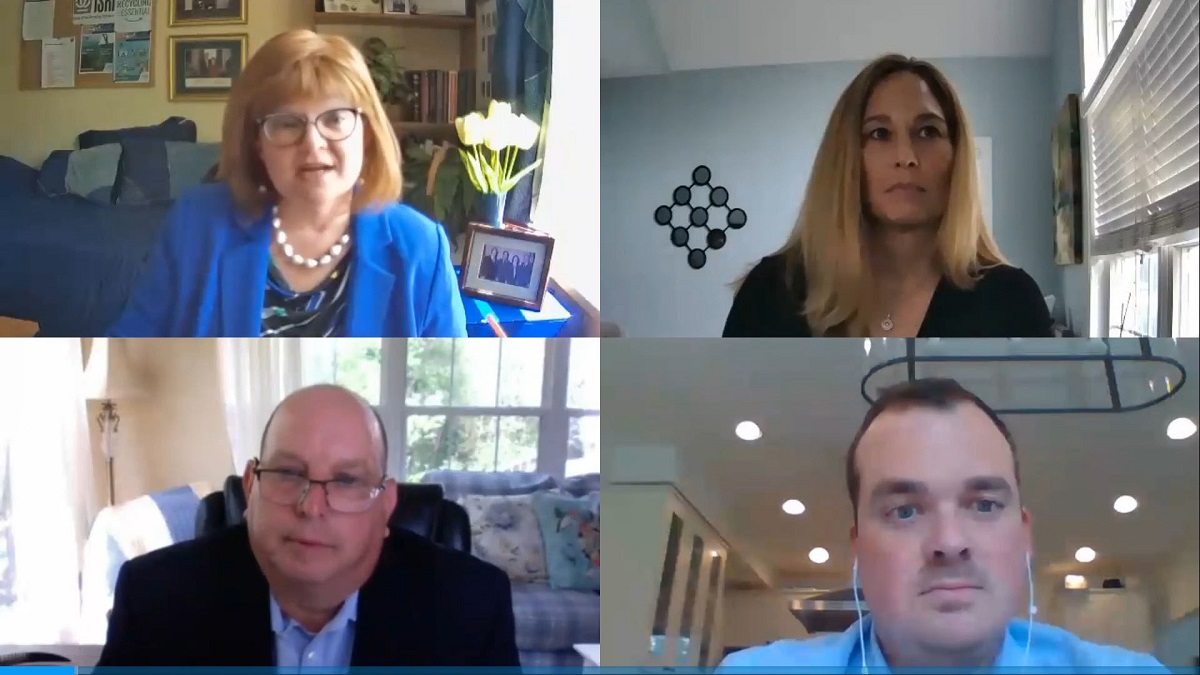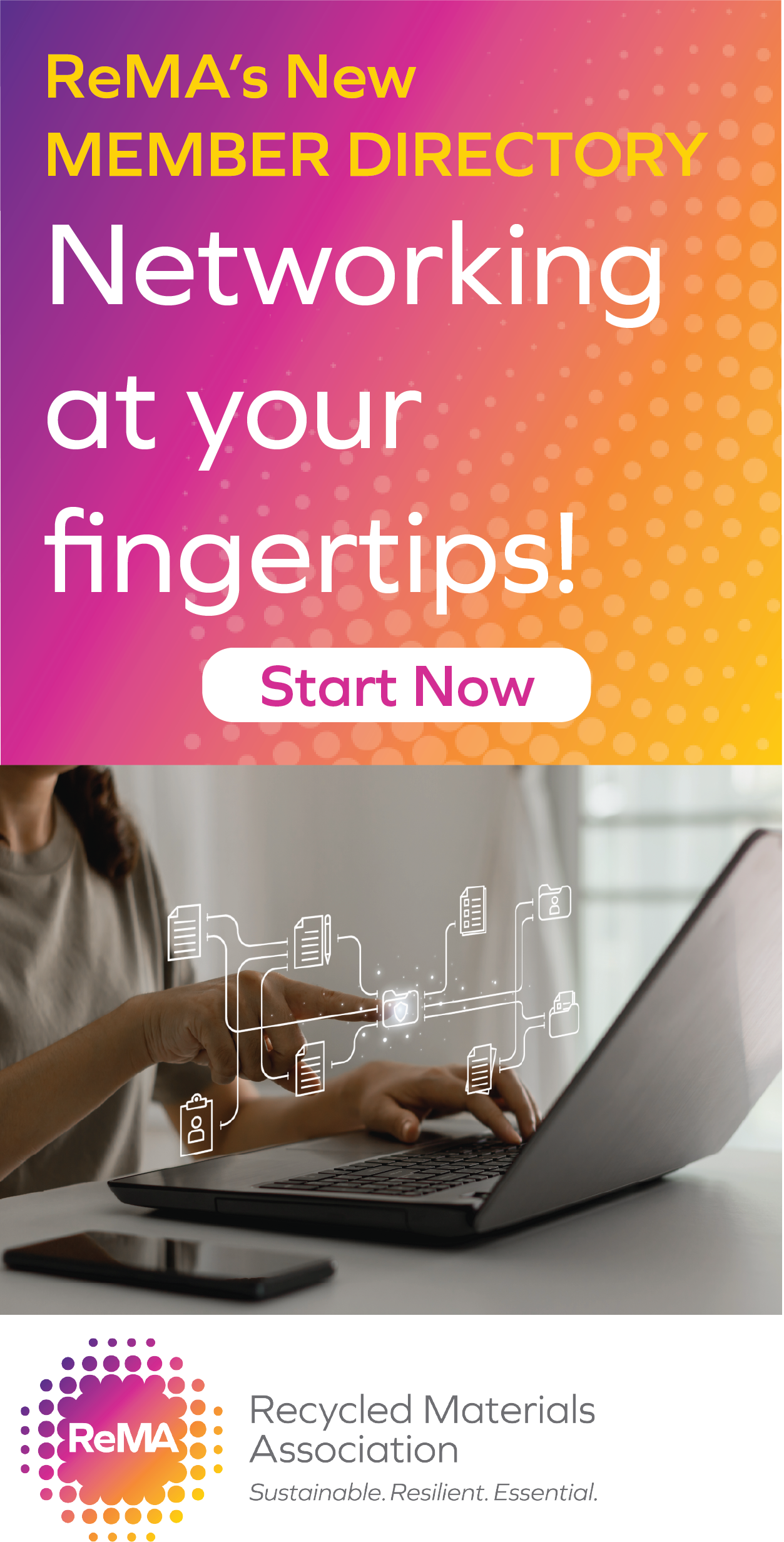This article is from the Tire and Rubber Spotlight: Policy and Regulations in Focus session during ISRI2021. This session, along with others, are available to attendees on demand.
For tire and rubber recyclers, developments at the state and local levels are taking on increased importance in 2021. The COVID-19 pandemic contributed to tighter budgets and reviews of where recycling programs rank among government budget priorities. Increased scrutiny by states may raise regulatory costs and requirements for tire recyclers, compounding already challenging market conditions.
In response, members of ISRI’s Tire and Rubber Division are building coalition among those industries that use their materials. At ISRI2021, division director Mark Rannie, president of Emanuel Tire LLC, sparked conversation with Amy Brackin, vice president of market development, Liberty Tire Recycling; Stratton Kirton, managing director, Hamilton Place Strategies; and Danielle Waterfield, ISRI’s chief policy officer and assistant general counsel.
In addition to representing the industry nationally in Washington, D.C., ISRI helps members connect with state lawmakers who may not know much about recycling. At the annual National Conference of State Legislators (NCSL) Legislative Summit, ISRI has provided displays about member companies to inform NCSL’s policy experts. “ISRI—your trade association—is educating state legislators on their own turf. We’re working with their association and we’re funneling our industry information and message to policymakers through partnerships with NCSL and other associations like it,” Waterfield says. Rannie points out that some states, Connecticut and Maryland in particular, continue to seek to more heavily regulated tire and rubber recycling. In H.B. 6386, Connecticut has again proposed an extended producer responsibility program including tires that would place tire recycling in the hands of tire manufacturers. Maryland’s H.B. 857 would require recyclers to help track synthetic turf throughout its lifespan. Rannie calls for a consistent approach to educating the public and lawmakers about recycling operations. “Literally it’s a 10–20-year plan,” he says of the long-term effort to educate lawmakers about the recycling industry.
Regarding plastics, Brackin notes tires and rubber already have been lumped in with microplastic particles less than 5mm in E.U. antipollution proposals since 2018. “When you start thinking about and digging into this legislation a little bit, it’s every industrial application,” she says. “It’s our own our facilities. It’s our processing facilities. Any kind of scrap, there are now concerns about how you’re going to mitigate things getting into public drains and things of that nature.” Before such laws come to America, Kirton says the tire and rubber members could learn a lesson from the plastics industry, which has spent billions touting its products’ benefits. “We actually just need more uses for recycled rubber. We just need more things we can recycle it into,” he says. Recyclers can help by participating in community discussions about other uses for recycled rubber: rubberized asphalt formulations; roofing tiles; drywall; sidewalks, outdoor furniture; even toys.
Tire and rubber recyclers have to work with other commodity recyclers to tell their positive stories, ISRI2021 experts agree. “Regardless of commodity or geographical location, we are all one,” Waterfield says. “We’re all recyclers. Whether it be at the national, or the chapter level: We’re all ISRI.” She issues several challenges for members:
- Identify and notify ISRI staff in which states you have facilities to learn about your state lawmakers.
- Use ISRI’s state advocacy resources to stay alert to developments in current legislation in your states and schedule online advocacy training for your employees; and
- Set a goal for the tire division to host five local legislators at tire recycling facilities by the end the summer of 2021.
“As a relatively small industry overall, the more that we can work together, the better off we’ll be,” Brackin says. “We’ve got to use resources like ISRI.”
Photo Caption: Clockwise from top left, Danielle Waterfield, Amy Brackin, Stratton Kirton, and Mark Rannie share strategy at ISRI2021.
Additional Resources













